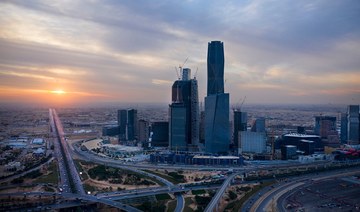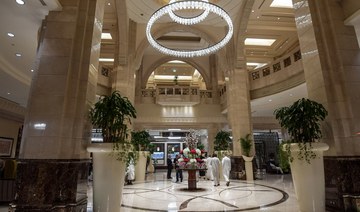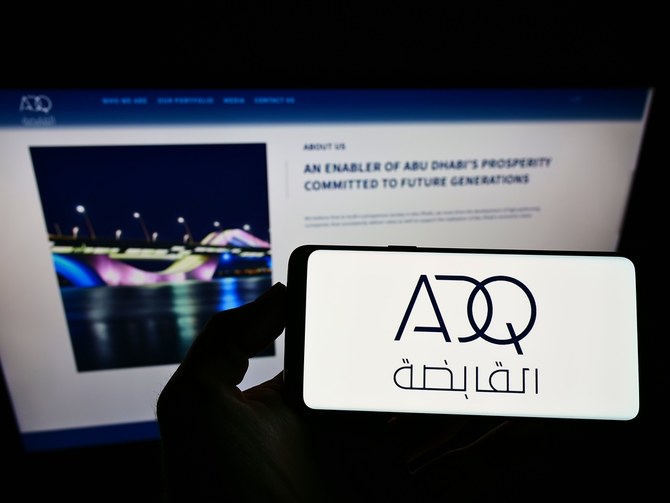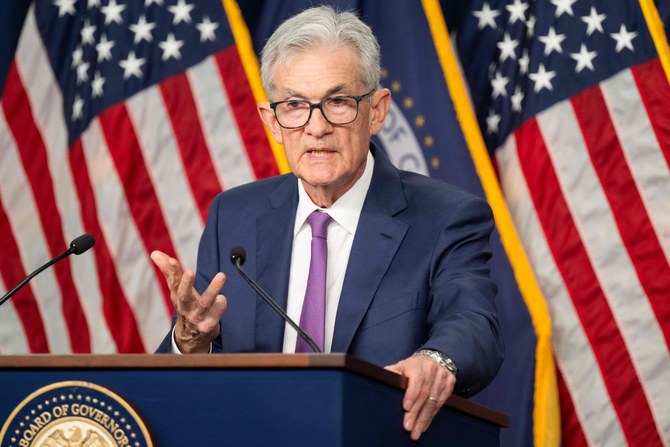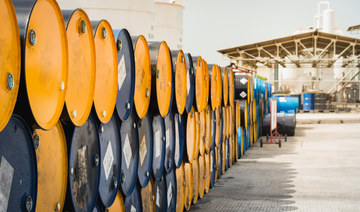RIYADH: Indian hotel and hospitality chain OYO Hotels and Homes is on track to return to pre-pandemic occupancy levels, with 15 percent of the company’s properties already hitting that mark, a spokesperson told Arab News.
A hospitality chain of leased and franchised hotels, homes and living spaces, OYO has had a presence in Saudi Arabia since September 2019, when an agreement was signed with the Saudi Arabian General Investment Authority to invest SR4 billion ($1.07 billion) developing its portfolio across the Kingdom.
Today, OYO accounts for more than 18,000 rooms in about 200 hotels across 22 Saudi cities and provinces.
Despite periods of “very low” revenue during the lockdown last year, Bader Saidan, head of OYO’s Saudi operation, told Arab News that business was now on an upward trajectory.
“The journey we have experienced in Saudi Arabia provides us with some key learnings, including how to further strengthen our foundation by better using our resources, as well as the technology we have, to deliver better value to our partners and customers in the country. Our supply is growing, and occupancy is coming back, with 15 percent of properties already at pre-pandemic levels,” he said.
While some of the chain’s properties remain closed, Saidan said that he expects “a significant proportion of the properties that are temporarily shut today to resume business over the next three months as the markets reopen.”
He added that the company’s primary method of booking, the OYO app, has rebounded faster than any other of their digital channels.
“We have also invested in revamping our technology platforms to more seamlessly integrate our customers and our partners, with improvements on the app for searches, contactless check-ins, and customized CRM (customer relationship management) based on properties the customer has stayed at,” he said.
However, the possibility of another lockdown or travel ban remains, but Saidan said that while he believed the government will do what is best to keep people safe and the economy running, the hospitality industry must also actively work on defining “Hospitality 2.0” in a new normal.
“We believe that technology combined with human commitment is the key in making all of this possible. We are seeing pent-up demand from travelers, fueling travel demand around the region in the next few months, as more countries lift domestic and international travel restrictions. The affordable hotel segment will recover quicker than the premium and luxury segment as people have less disposable income and are concerned about the economy. Businesses have also reduced the need for corporate travel,” he said.
Our supply is growing, and occupancy is coming back, with 15 percent of properties already at pre-pandemic levels.
Bader Saidan, Head of OYO’s Saudi operation
However, beyond just travel restrictions, Saidan said that one of the key challenges hotel owners are facing is a shortage of manpower needed to keep properties operational. In OYO’s case, he said technological solutions meant the company needed fewer personnel to manage front offices, customer support, and pricing, among other things.
“What is important to note is that right through the pandemic, OYO has continued to add properties to our network. Our network will continue to grow in the next quarter,” he said, adding that the OYO brand has a “healthy” business in the Kingdom.
“Due to the investments we made during the pandemic, in fixing operational issues, the availability of vaccines in the Kingdom, the return of Hajj pilgrims and building out our next generation technology platforms, we expect 2021 to be far stronger operationally than when we entered 2020,” he said.
However, going into 2021, with the pandemic still affecting the hospitality industry on a global scale, plans for the brand’s future expansions will have to wait until things become more clear.
“It’s difficult to commit to a number right now as the pandemic has made the future very unpredictable,” Saidan told Arab News. “Perhaps when we see the market stabilizing, whenever that may be, we can be in a better position to provide more concrete answers. Once the vaccine becomes available and is administered to a sizable population in the Kingdom, things will be clearer.”
He added that the company is not raising capital at the moment, and is instead opting to focus on improving operations and partner services.
“We are blessed to have liquidity, and our balance sheet gives us the necessary runway and confidence to navigate the business through these unprecedented times. We have a runway to tide through the various scenarios that may emerge as a result of the pandemic. However, if there are inbounds, we continue to engage.”





